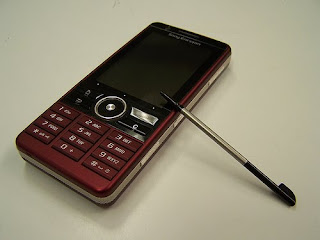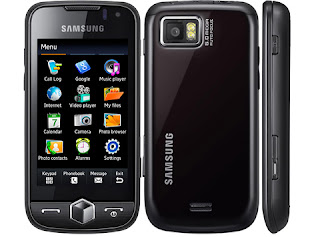This week, as part of our
celebration of all things mobile, we posed you this question - what do you want to know?
And you told us! After two days, 519 people submitted 133 questions and cast 4,607 votes. We saw some common themes in your questions, so we grouped several together to address some of the most popular topics.
Google Voice We received an overwhelming number of Google Voice questions - 3 out of the top 5 questions were about Google Voice - and we're happy you're so enthusiastic about and interested in this new product! As far as making Voice available to more users, we began giving current users the ability to
invite friends and family on Tuesday. We will continue sending out invitations to people who have requested them on our website, and we plan to make additional friends and family invitations available in the future. For those of you outside the US, we plan to make Google Voice available internationally; however, we don't have specifics to share at this time. As for new features, we're certainly evaluating which highly requested features we can add to improve Google Voice, such as number portability, though we don't have anything to announce quite yet. Keep up on the latest with Google Voice by following their blog at
http://googlevoiceblog.blogspot.com/.
Googlers' favorite phonesYou asked us which phones are the most favored here on the Google mobile team. The answer's not particularly juicy, but it's honest: every phone! You'll see Googlers walking around campus carrying just about every phone under the stars, including multiple Android-powered devices, iPhone, BlackBerry, Windows Mobile, Nokia, etc. And the Mobile team takes it up a notch. It's quite common for us to carry multiple phones at any given time, and as we sit down in a meeting, we often see someone unload five different phones from their pockets onto the table. Don't have the right one handy? We just head to our
"Sky Lab" and grab one of the over 800 phones available. By using lots of different devices, we can make sure we're designing products that work well for you, no matter which device YOU are using. We understand that the phone someone chooses to use everyday varies with personal preference, but we generally prefer phones with great browsers and fast performance. Of course, it never hurts to have the newest toy on the block.
Google Wave for mobile We're still early in Wave's preview, but you can currently access Google Wave on both Android-powered devices and the iPhone by pointing the phone's browser to
wave.google.com. Please note that we're still in preview phase, and as we've mentioned
before, you may experience occasional downtime or run into some bugs with Wave on your mobile phone, similar to when you access Google Wave from your computer.
Web vs. AppWe're often asked why certain products, such as Google Reader, are available as a web application, accessible through the browser, and not a native, downloadable application. At Google, we believe in the power of the web to give us the flexibility to build one app that can run in the browser on multiple phones, rather than developing a different app for every platform. With more capable mobile browsers and technologies like
HTML5 and
Gears, web apps deliver a great experience because they closely mirror the desktop web in overall look, feel and functionality. They also let us
iterate fast and
add lots of cool features quickly without having to build from scratch each feature for various devices and platforms. Of course in some cases, investing in native applications for multiple platforms make sense. For example, with Google Maps for mobile, the native app lets us get your location or quickly process lots of data, such as map tiles. That said, new browsers and faster phones are allowing for more powerful web apps - such as Google Maps on Palm Pre or Google Latitude on iPhone - that can also get your location and that are almost as fast as native apps. In the end, there are a lot of users out there on a lot of phones, and we develop our products to put the best experience possible in your hands and your pockets.
In some cases, such as Gmail for certain phones, we offer both a native and web app because we want users to have choice in deciding how they access their information. We believe that both methods - web apps and native apps - offer a rich mobile experience, and we are committed to providing the best possible experience to users, regardless of the underlying development technology.
Mobile Product RoadmapYou also asked lots of great questions around product and feature development and availability. As we mentioned on the original
Q & A page, we aren't able to provide forward-looking information on features or products, but we love your enthusiasm for ideas around how we can make existing Google Mobile products more useful or just make more Google Mobile products period. We're always working to improve all of our mobile products and will continue to do so with our eyes and ears open for your ideas and feedback. So keep it coming in the
Google Mobile Blog, the
Help Forum, and especially the
Product Ideas page!
Go Mobile!
Posted by Chris Nguyen, Mobile Consumer Operations


































